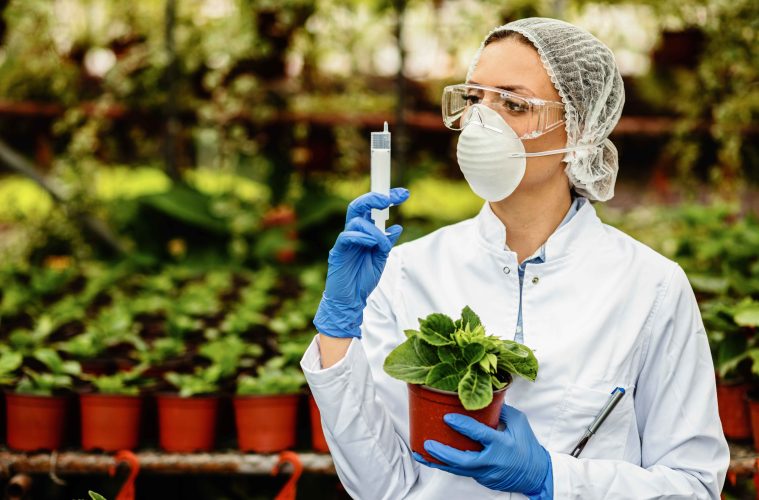Researchers are exploring the use of plants, including hemp, to detect and eliminate PFAS (Per- and Polyfluoroalkyl Substances), persistent chemicals linked to health problems. A collaborative project with the Mi’kmaq Nation in Maine has shown that hemp can extract PFAS from the soil, but problems remain with the transport and accumulation of these plants. The team developed a fluorescent biosensor that can quickly detect PFAS in water, providing a cheaper alternative to laboratory testing. Research is underway to integrate this technology into sentinel plants that would glow in the presence of PFAS, allowing for real-time detection. Although there is currently no cost-effective method to destroy PFAS, preliminary trials using microbes modified to mimic photosynthesis are showing promising results. A recent study shows that potatoes grown in PFAS-contaminated soils do not store these substances in their edible parts, opening up opportunities for agriculture. PFAS appear to accumulate primarily in inedible parts of the plant, such as green leaves, rather than in tubers (edible roots). Some plants, including potatoes, may have regulatory mechanisms that limit PFAS uptake at the roots. This could be related to the cell structure or physiology of the plant.
Source: AFN Funder




